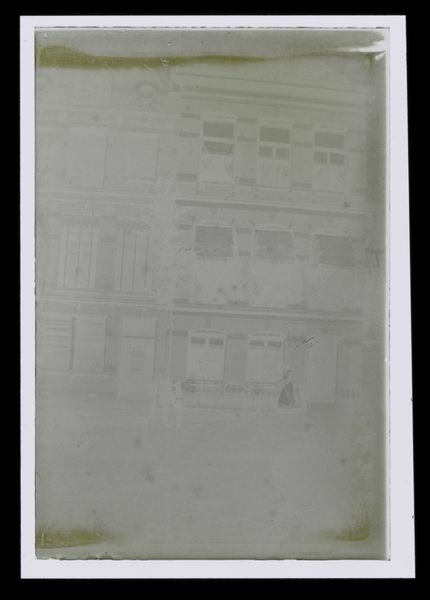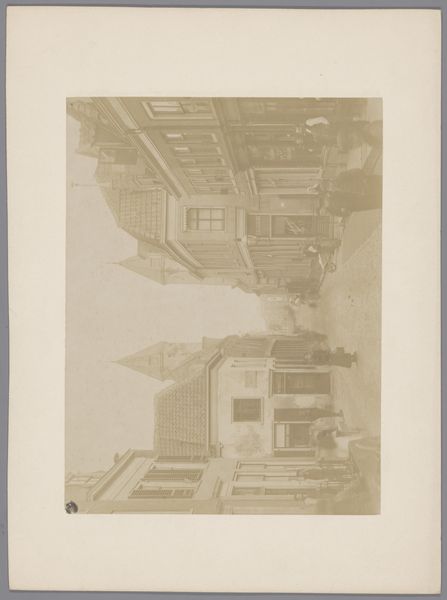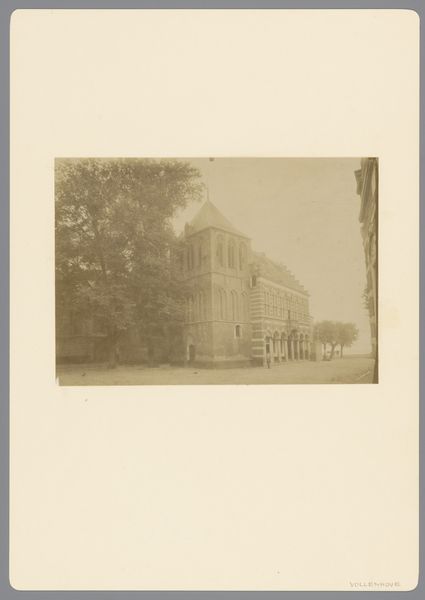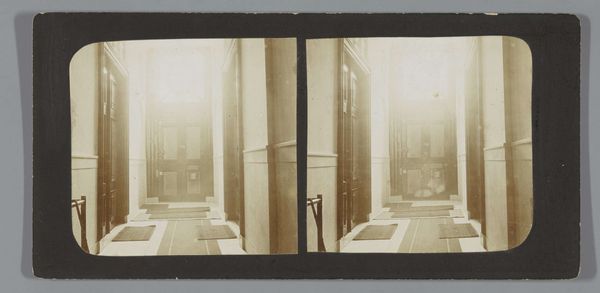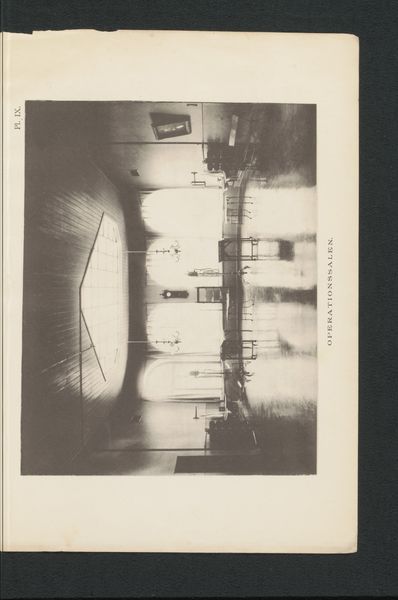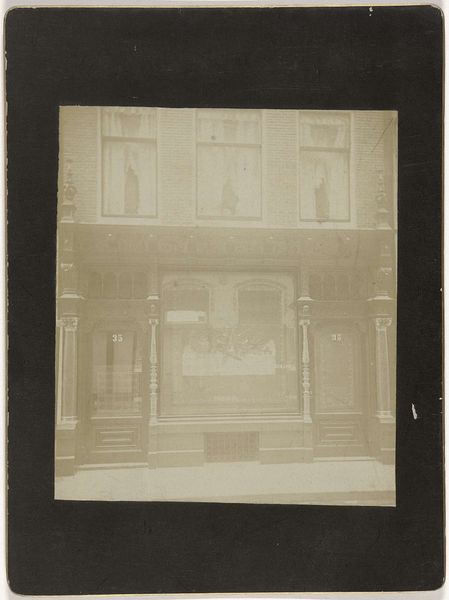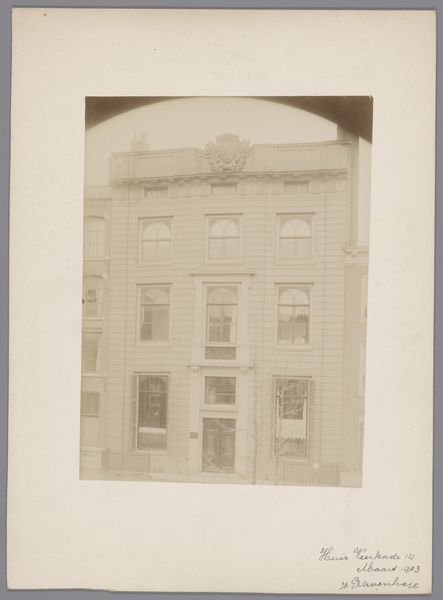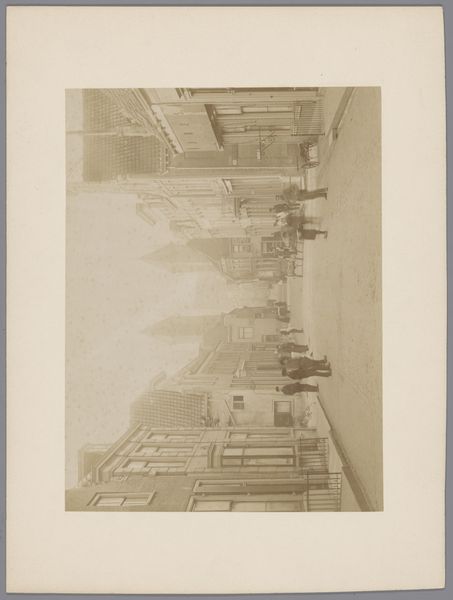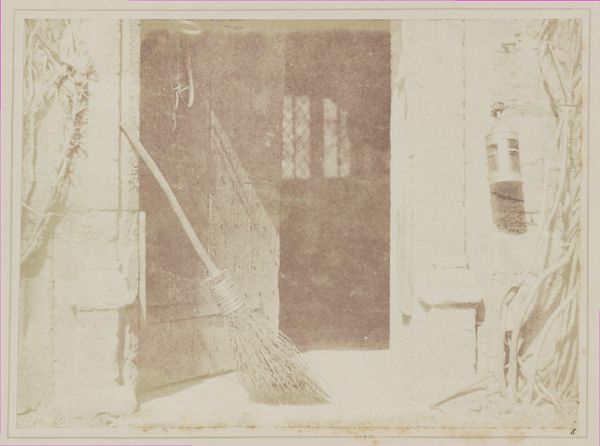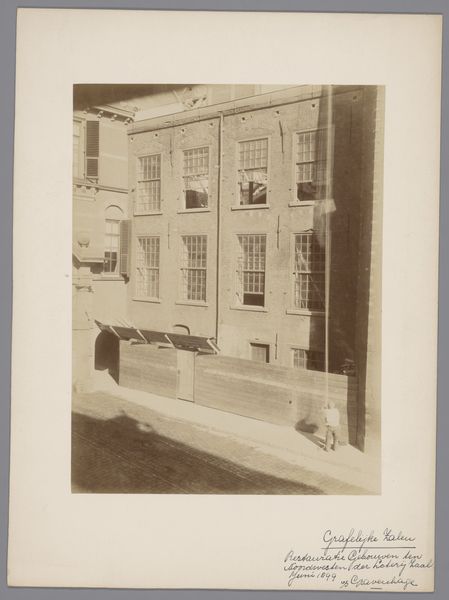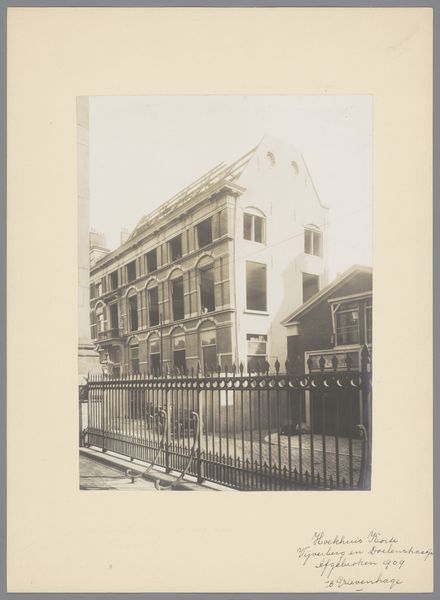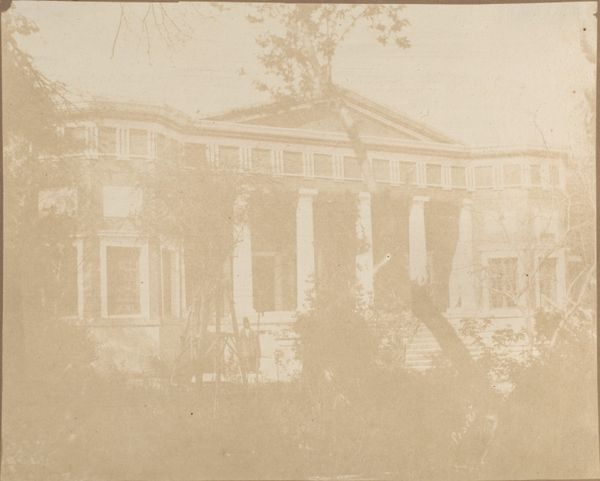
daguerreotype, photography
#
photo of handprinted image
#
neoclacissism
#
aged paper
#
landscape
#
daguerreotype
#
photography
#
cityscape
Dimensions: height 122 mm, width 106 mm
Copyright: Rijks Museum: Open Domain
Editor: Here we have Eduard Isaac Asser's "Neo-classistisch landhuis" from around 1847, created using the daguerreotype technique. It depicts a grand Neoclassical house. The image is quite faded, lending it an almost ghostly quality. What stands out to you most about this photograph? Curator: What strikes me is its documentation of burgeoning bourgeois taste and photographic technology, clashing with existing artistic conventions of the era. The symmetry and classical elements were intended to convey authority. Who do you think was this imagery reaching and what cultural narratives did the photographic format carry itself? Editor: It's interesting how you frame it in terms of social and cultural implications. I hadn't considered the choice of photography itself as part of the message. Curator: Exactly! Photography, particularly the daguerreotype, was still a relatively new medium, often associated with scientific documentation and bourgeois portraiture. Its adoption for architectural depiction highlights an important shift: photography offered a seemingly objective representation but its accessibility depended on many cultural and financial dimensions. What purpose would photographs such as this serve at a time? Do you feel its artistic merit should still be appreciated today? Editor: I think understanding the context definitely enriches my understanding and helps me look past the obvious stylistic features of the landscape to analyze the underlying messages. Curator: Precisely! Considering photography's accessibility as a reflection of cultural hierarchies gives valuable insights. Thanks to its public function it challenges us to reconsider aesthetic judgments by revealing powerful social narratives.
Comments
No comments
Be the first to comment and join the conversation on the ultimate creative platform.
